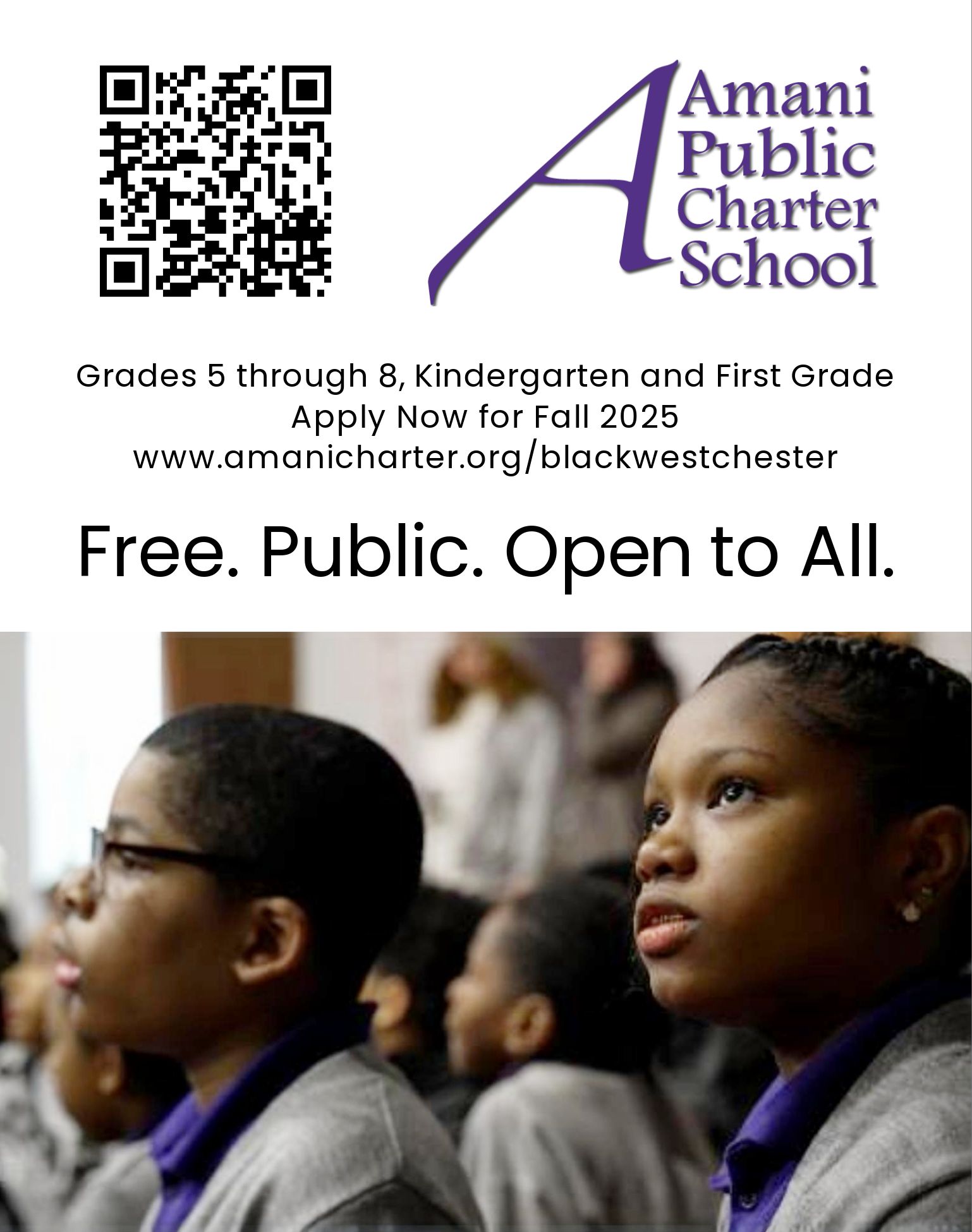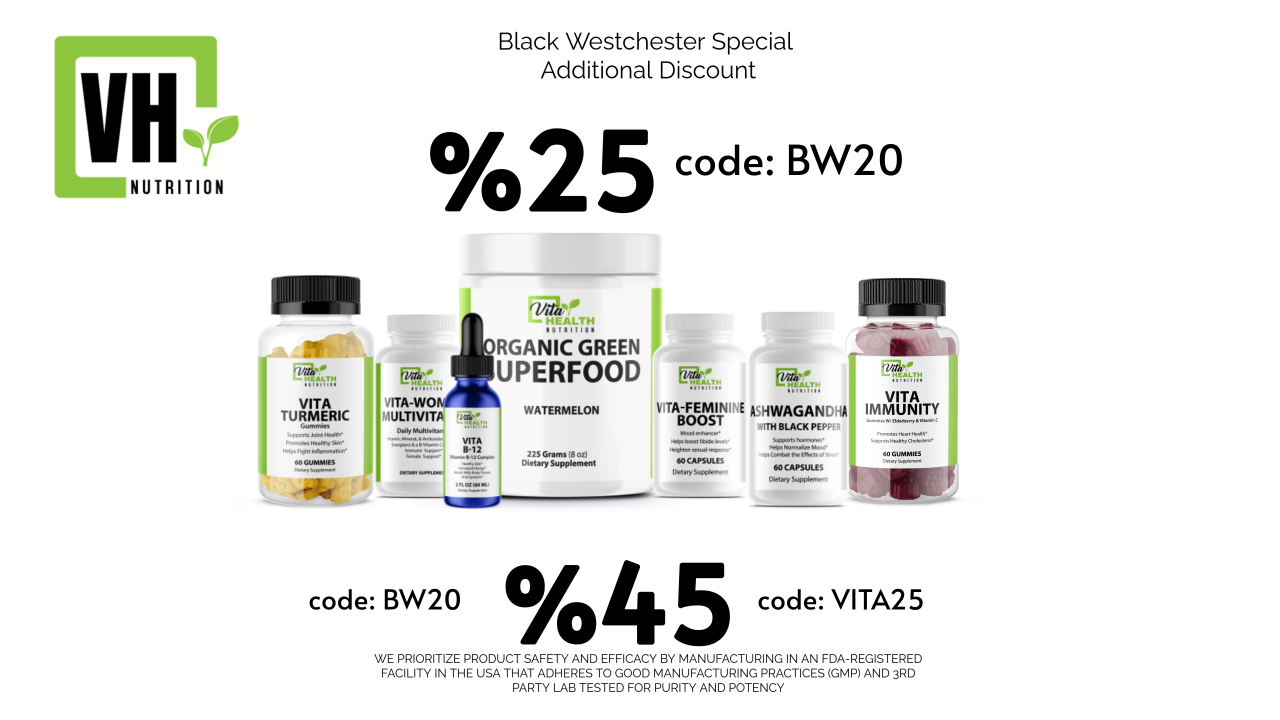New York City Mayor Eric Adams has made a striking pivot in addressing the city’s mounting migrant crisis, announcing his intent to work with Tom Homan, a former Trump administration official and newly appointed “border czar,” to tackle the issue. The collaboration reflects a broader shift in Adams’ approach as he grapples with the growing financial and social impacts of accommodating migrants.
Historically, New York City has stood as a sanctuary city, offering refuge to undocumented immigrants. However, with the influx of migrants reaching unprecedented levels, Adams has emphasized the need for balancing compassion with public safety. He recently suggested deporting migrants charged with serious crimes even before convictions, signaling a departure from the city’s previous policies.
“Those who are here committing crimes… have been a harm to our country,” Adams said, underscoring the importance of distinguishing between law-abiding immigrants and those engaging in harmful activities.
While Adams explores cooperation with Homan, Gov. Hochul has adopted a steadfast humanitarian strategy, allocating billions to provide for over 100,000 asylum seekers. The state’s plan includes funding for emergency shelters, National Guard deployments, and public health services, with over 1,200 shelters and hotels currently housing migrants at a cost of $1.5 billion to New York taxpayers.
This divergence reflects a philosophical and operational rift. Adams has focused on balancing compassion with enforcement, recently suggesting deportation for migrants charged with serious crimes, even before convictions. Hochul, by contrast, has doubled down on providing shelter and services, standing in firm opposition to the Trump administration’s enforcement-heavy proposals.

Tom Homan, who served as acting director of Immigration and Customs Enforcement (ICE) during Trump’s first term, has taken an adversarial stance toward states resisting mass deportation plans. In a recent Fox News interview, Homan criticized the Biden administration’s handling of immigration policies, vowing to use federal funding as leverage against jurisdictions that oppose mass deportations. His enforcement-heavy approach could directly threaten the resources Hochul’s administration has committed to humanitarian efforts.
A Shift in Strategy
Historically, New York City has stood as a sanctuary city, offering refuge to undocumented immigrants. However, with the influx of migrants reaching unprecedented levels, Adams has emphasized the need for balancing compassion with public safety. He recently suggested deporting migrants charged with serious crimes even before convictions, signaling a departure from the city’s previous policies.
“Those who are here committing crimes… have been a harm to our country,” Adams said, underscoring the importance of distinguishing between law-abiding immigrants and those engaging in harmful activities.
The Cost of the Crisis: A Ripple Effect Across NYC
Adams laid bare the staggering financial impact of the crisis, citing that funds spent on managing the situation could have transformed critical public services across the city:
- $600 million could have been spent on hiring 2,000 additional guidance counselors and social workers in schools.
- $39 million could have extended hours for 30,000 children in after-school programs.
- $22 million could have subsidized MetroCards for 70,000-75,000 participants in summer youth employment programs.
- $200 million could have funded 1,000 more police officers.
- $84 million could have supported 7,730 park staff members.
- $330 million—half of what it costs to run the Human Resources Administration (HRA)—was allocated to the crisis.
Adams also highlighted the disproportionate scale of the crisis compared to core city services, stating, “50% of what we spent on this crisis is more than the entire NYPD budget. The cost of this crisis is higher than what we allocate to the Fire Department.”
The Long-Term Impact
Mayor Adams voiced concerns about the long-term repercussions of diverting resources from essential programs, warning that the fallout could be felt for generations. “The impact of those programs that didn’t materialize is we created more of those 11-year-old boys that I saw in that precinct in the 88th Precinct. The long-term impact of what we did to this city is going to materialize in administrations in the future. They hurt the future of New York City.”
Adams painted a stark picture of the opportunity costs associated with the city’s response to the crisis, tying it to potential increases in youth disenfranchisement, crime, and reduced public safety.
A Call for Bipartisan Solutions
While the decision to collaborate with Homan has been met with mixed reactions, Adams remains steadfast in his approach. He calls for bipartisan cooperation to reform immigration policies, urging the federal government to step up. “We must ensure that the safety and well-being of all New Yorkers are prioritized, but this requires federal intervention and a clear plan for equitable support,” he said.
Adams’ strategy involves distinguishing between migrants contributing positively to the city and those causing harm, aiming to uphold New York’s sanctuary values while protecting public safety. His willingness to work with Homan, a controversial figure in immigration enforcement, signals his pragmatic approach to a crisis he believes requires immediate attention and bold action.
As New York City stands at a crossroads, Mayor Adams’ approach underscores the complex interplay of compassion, public safety, and resource allocation. The ripple effects of the current crisis could shape the city for years, challenging future administrations to address its fallout. Whether Adams’ strategy will provide relief or spark further contention remains to be seen, but his urgency signals a defining moment for the city’s leadership.











